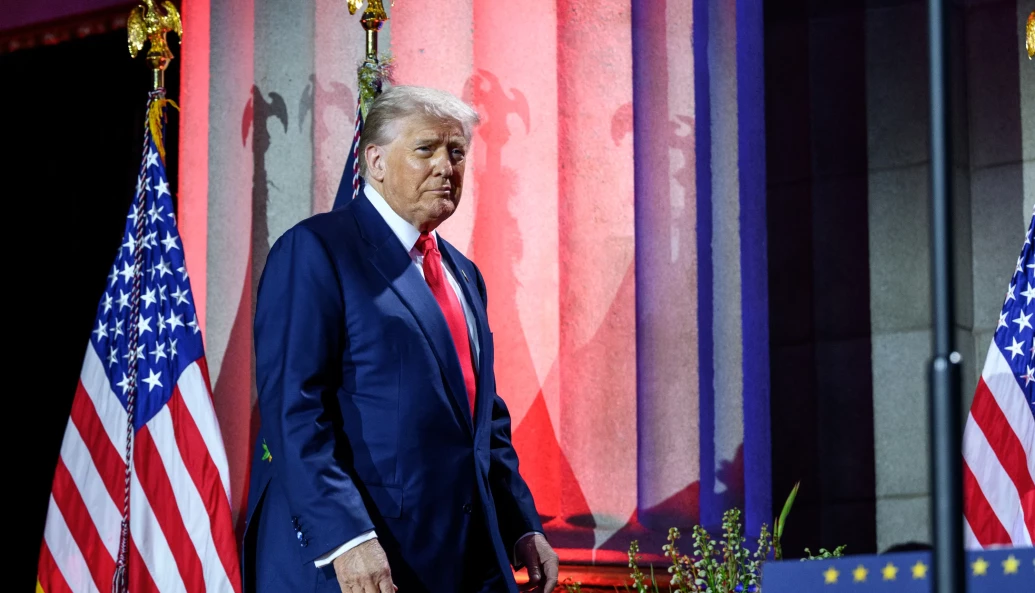In mid-2025, former President Donald Trump unveiled a sweeping set of “reciprocal tariffs,” citing unfair trade practices and national security. Starting in early August (some effective August 1, others around August 7), these tariffs ranged from a baseline 10 percent up to 35–40 percent for targeted partners, including Canada, Japan, South Korea, and others. Canada faced an immediate increase to 35 percent, while many other countries had higher duties pending negotiation outcomes.
However, on 30 August 2025, the U.S. Court of Appeals for the Federal Circuit ruled, by a 7–4 vote, that most of these tariffs were illegal, concluding that the IEEPA does not authorise the president to impose tariffs—that authority lies with Congress. The court stayed its decision, allowing tariffs to remain in place until October 14, 2025, to give the administration time to appeal to the U.S. Supreme Court. The ruling voided reciprocal tariffs on countries like China, Mexico, and Canada, although tariffs enacted under separate authority, such as on steel and aluminium, remain unaffected.
Trump criticised the ruling as partisan and urged the Supreme Court to overturn it.







